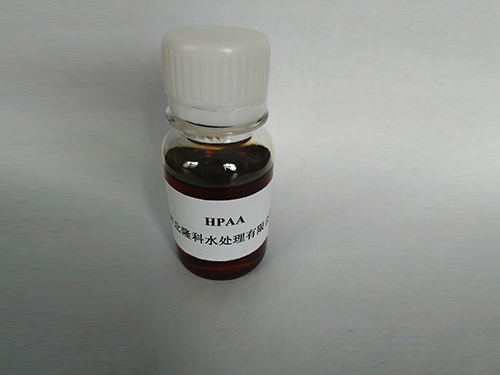octyl isothiazolinone
Octyl Isothiazolinone A Comprehensive Overview
Octyl isothiazolinone, often referred to as OIT, is a chemical compound belonging to the isothiazolinone family. It is widely utilized as a biocide and preservative in various industrial and consumer products, playing a vital role in preventing microbial growth and ensuring product longevity. The compound is especially effective against bacteria and fungi, making it a popular choice in formulations requiring antimicrobial protection.
Chemical Properties and Structure
Octyl isothiazolinone is characterized by its unique chemical structure. Its molecular formula is C9H15NOS, which indicates the presence of a nine-carbon alkyl chain, a thiazolinone ring, and sulfur and nitrogen atoms. The chemical structure contributes to its hydrophobic properties, enabling it to penetrate microbial cell membranes more effectively. This mechanism is what grants OIT its potent antimicrobial activity.
Applications in Various Industries
One of the primary applications of octyl isothiazolinone is in the cosmetic and personal care industry. It serves as a preservative in products such as shampoos, conditioners, lotions, and creams, helping to prevent spoilage and extend shelf life. Additionally, OIT is used in household cleaning products, where it helps inhibit the growth of bacteria and mold.
In industrial settings, octyl isothiazolinone is employed in paint and coatings formulations, wood treatment solutions, and cooling water systems. Its ability to perform well in aqueous environments and resist degradation under various conditions makes it an invaluable component in these applications.
octyl isothiazolinone

Safety and Regulatory Considerations
Despite its effectiveness, the use of octyl isothiazolinone raises concerns regarding safety and potential allergic reactions. Some studies have indicated that prolonged exposure to products containing OIT may lead to sensitization, resulting in skin irritations or allergic responses in sensitive individuals. As a result, regulatory agencies in various countries have put strict guidelines in place regarding the permissible concentrations of OIT in consumer products.
The European Union, for instance, has classified octyl isothiazolinone as a potential skin sensitizer, which has prompted manufacturers to explore safer alternatives or reduce its usage in formulations. Such concerns have led to increased research into biocides that can provide similar efficacy without the associated risks.
Alternatives and Future Directions
As the cosmetic and personal care industry evolves, there is a growing demand for safer, eco-friendly preservatives. Formulators are now searching for alternatives to octyl isothiazolinone that maintain product efficacy while minimizing health risks. Natural preservatives derived from botanical sources, such as certain essential oils and plant extracts, are being investigated as viable substitutes.
In conclusion, octyl isothiazolinone has established itself as a crucial compound in various industries, particularly for its antimicrobial properties. However, the safety concerns surrounding its use necessitate ongoing research and development of safer alternatives, aligning with consumer demands for products that are both effective and environmentally friendly. As the industry adapts, the future of preservatives may see a significant shift towards sustainability and safety without compromising quality.
-
Water Treatment with Flocculant Water TreatmentNewsJun.12,2025
-
Polymaleic AnhydrideNewsJun.12,2025
-
Polyaspartic AcidNewsJun.12,2025
-
Enhance Industrial Processes with IsothiazolinonesNewsJun.12,2025
-
Enhance Industrial Processes with PBTCA SolutionsNewsJun.12,2025
-
Dodecyldimethylbenzylammonium Chloride SolutionsNewsJun.12,2025





